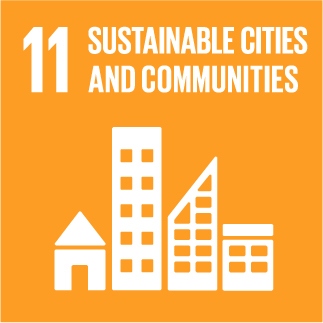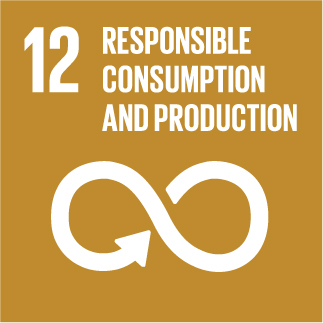URBANREC
Valorization of alum sludge via a pyrolysis platform using CO2 as reactive gas medium
In an effort to seek a new technical platform for disposal of drinking water treatment sludge (DWTS: alum sludge), pyrolysis of DWTS was mainly investigated in this study. To establish a more sustainable thermolytic platform for DWTS, this study particularly employed CO2 as reactive gas medium. Thus, this study laid great emphasis on elucidating the mechanistic roles of CO2 during the thermolysis of DWTS. A series of the TGA tests of DWTS in CO2 in reference to N2 revealed no occurrence of the heterogeneous reaction between CO2 and the sample surface of DWTS. As such, at the temperature regime before initiating the Boudouard reaction (i.e., ?700??C), the mass decay patterns of DWTS in N2 and CO2 were nearly identical. However, the gaseous effluents from lab-scale pyrolysis of DWTS in CO2 in reference to N2 were different. In sum, the homogeneous reactions between CO2 and volatile matters (VMs) evolved from the thermolysis of DWTS led to the enhanced generation of CO. Also, CO2 suppressed dehydrogenation of VMs. Such the genuine mechanistic roles of CO2 in the thermolysis of DWTS subsequently led to the compositional modifications of the chemical species in pyrolytic oil. Furthermore, the biochar composite was obtained as byproduct of pyrolysis of DWTS. Considering that the high content of Al2O3 and Fe-species in the biochar composite imparts a strong affinity for As(V), the practical use of the biochar composite as a sorptive material for arsenic (V) was evaluated at the fundamental levels. This work reported that adsorption of As(V) onto the biochar composite followed the pseudo-second order model and the Freundlich isotherm model.
Graphical abstract
» Author: Dongho Choi, Jeong-Ik Oh, Jechan Lee, Young-Kwon Park, Su Shiung Lam, Eilhann E. Kwon
» Publication Date: 01/11/2019
» More Information

This project has received funding from the European Union's Horizon 2020 research and innovation program under grant agreement Nº 690103




URBANREC Guidelines by URBANREC Consortium is licensed under a Creative Commons Reconocimiento-NonComercial-NoDerivatives 4.0 Internacional License.
Puede hallar permisos más allá de los concedidos con esta licencia en www.aimplas.net
